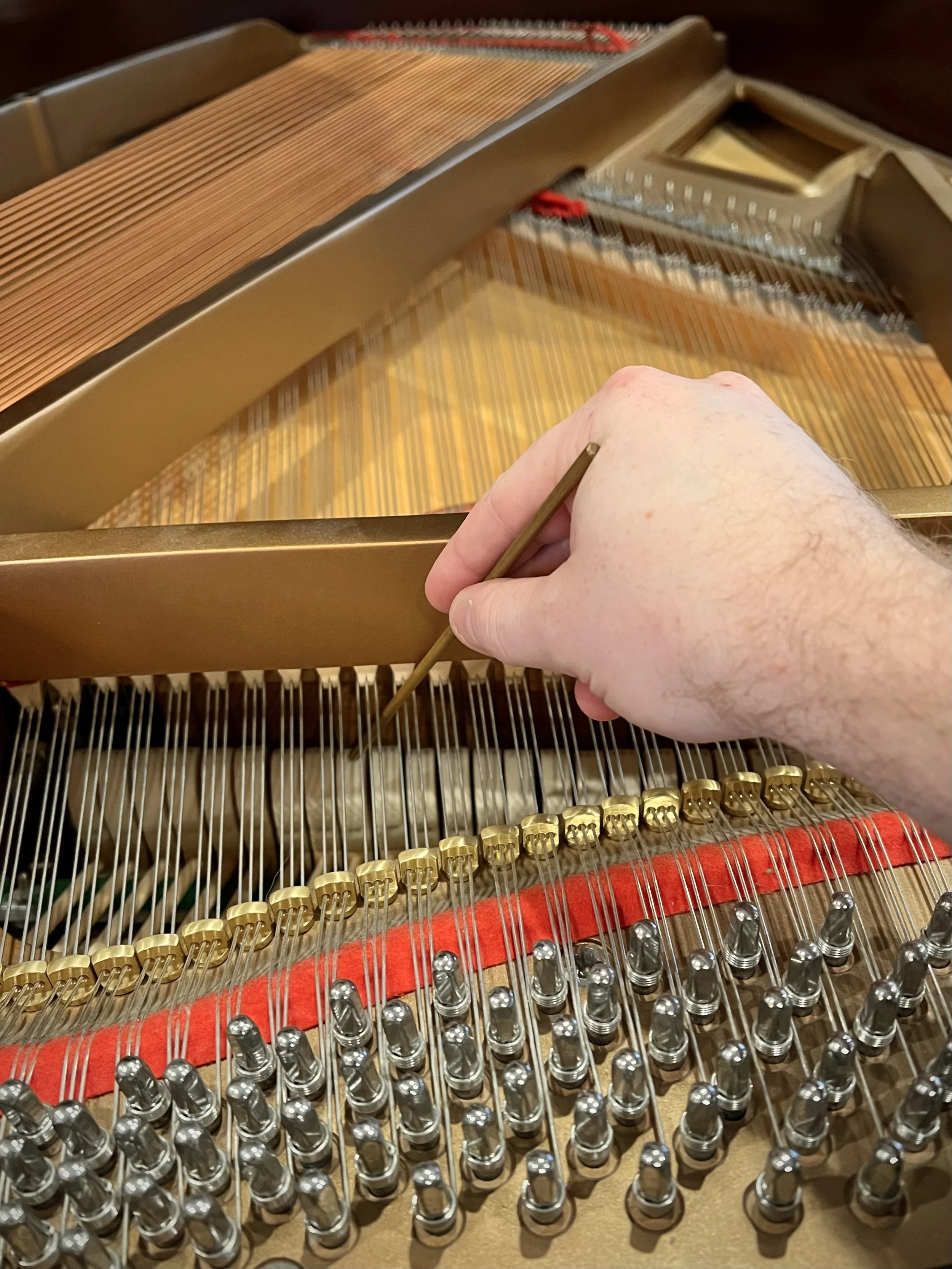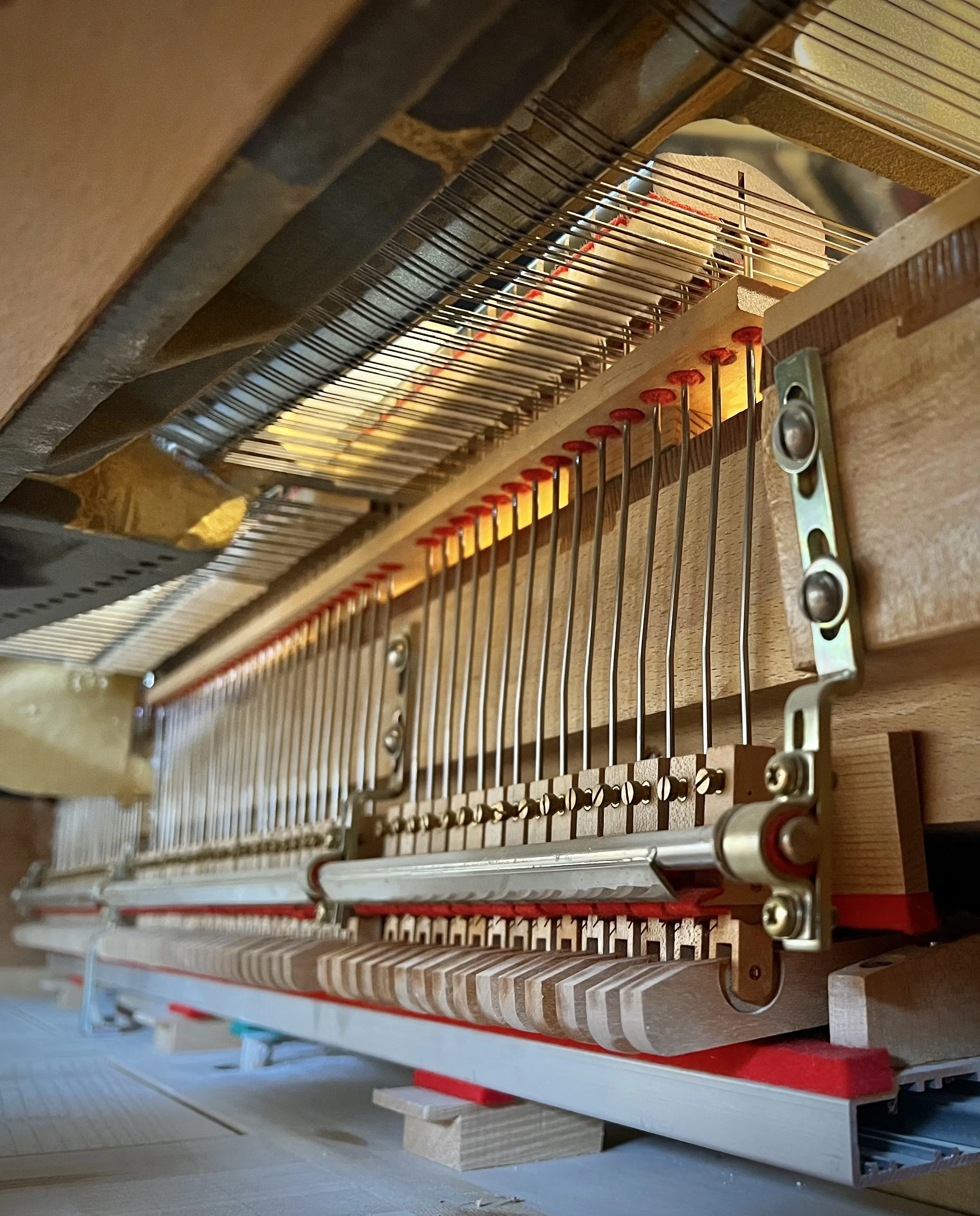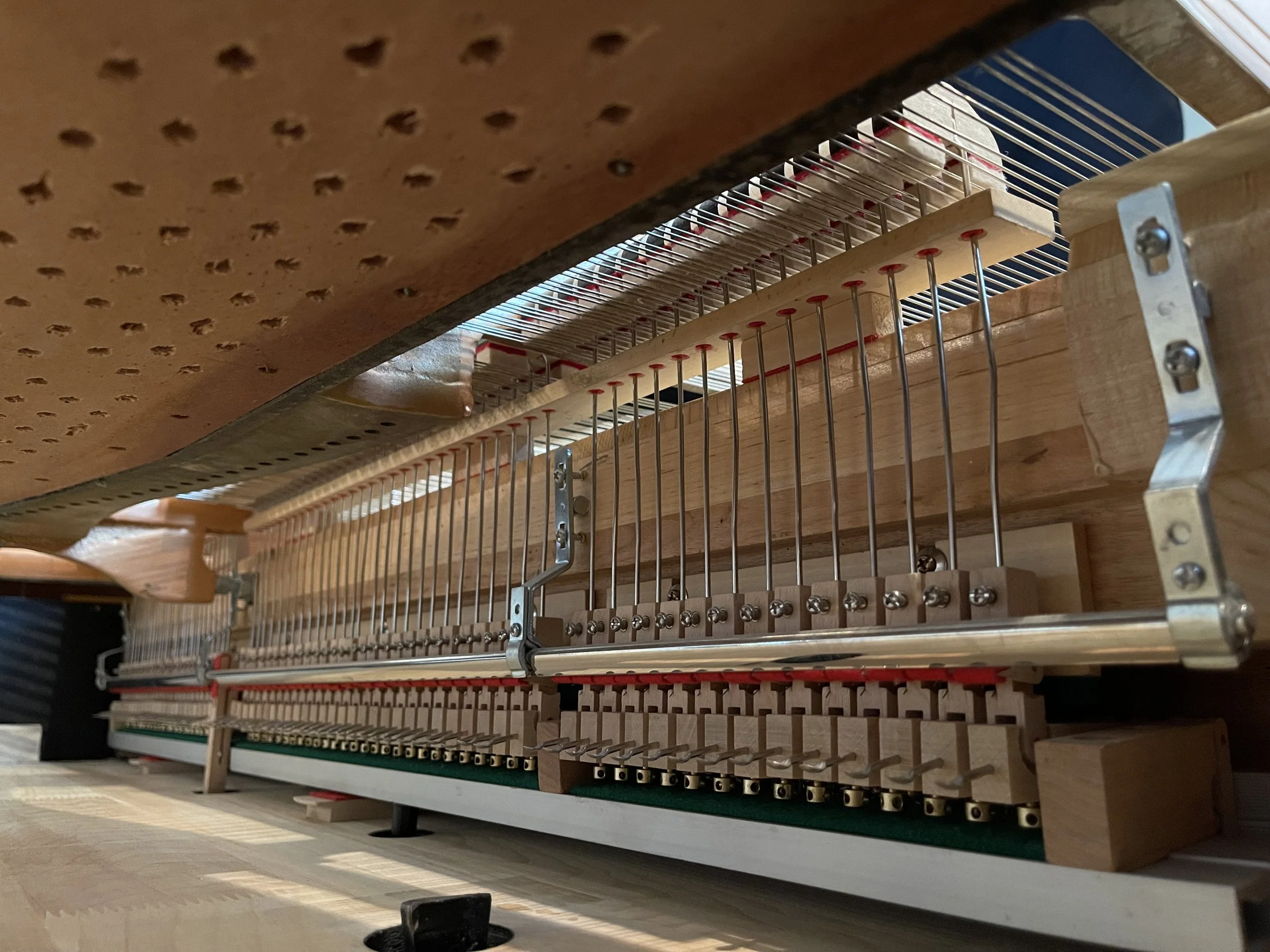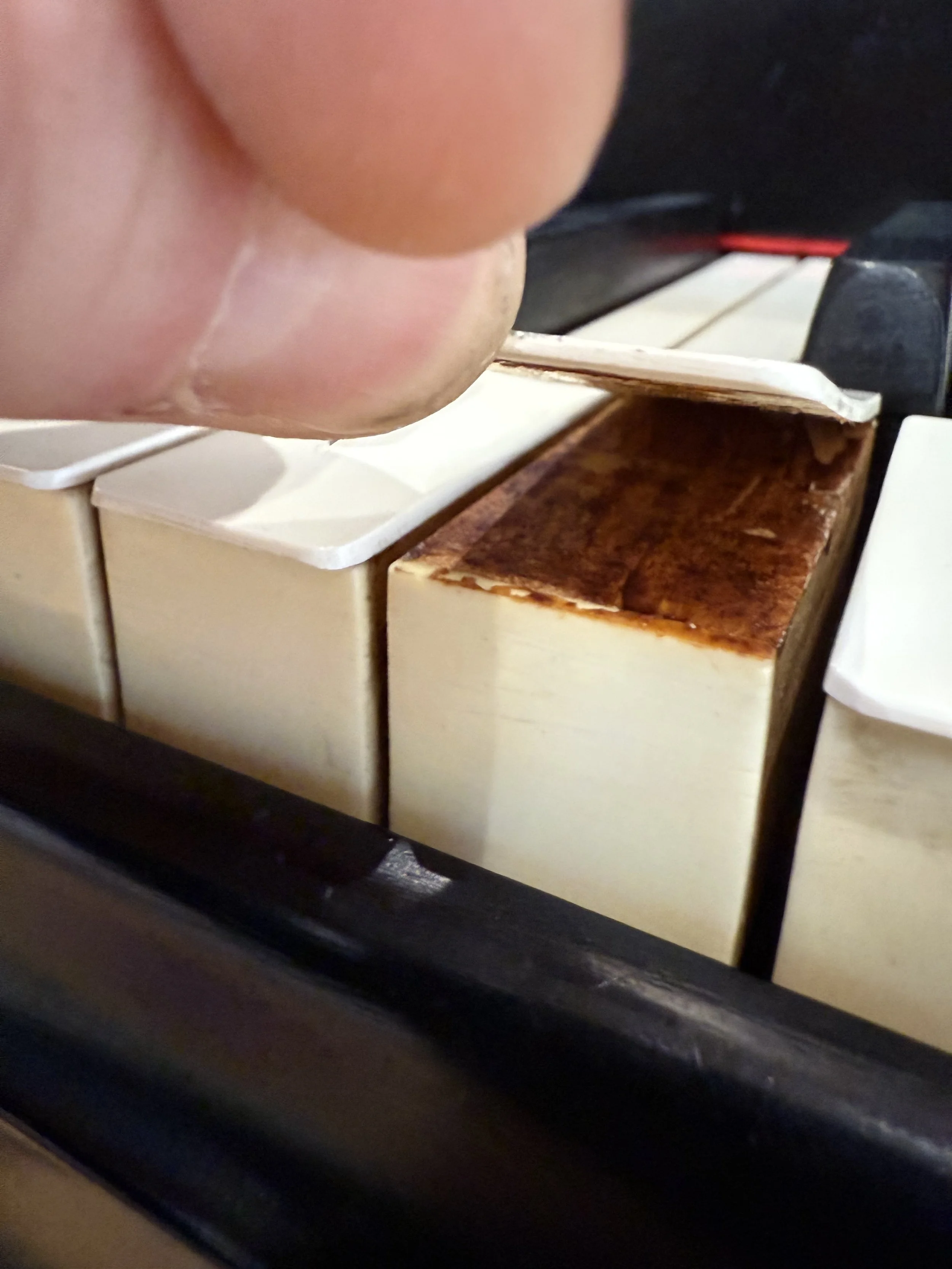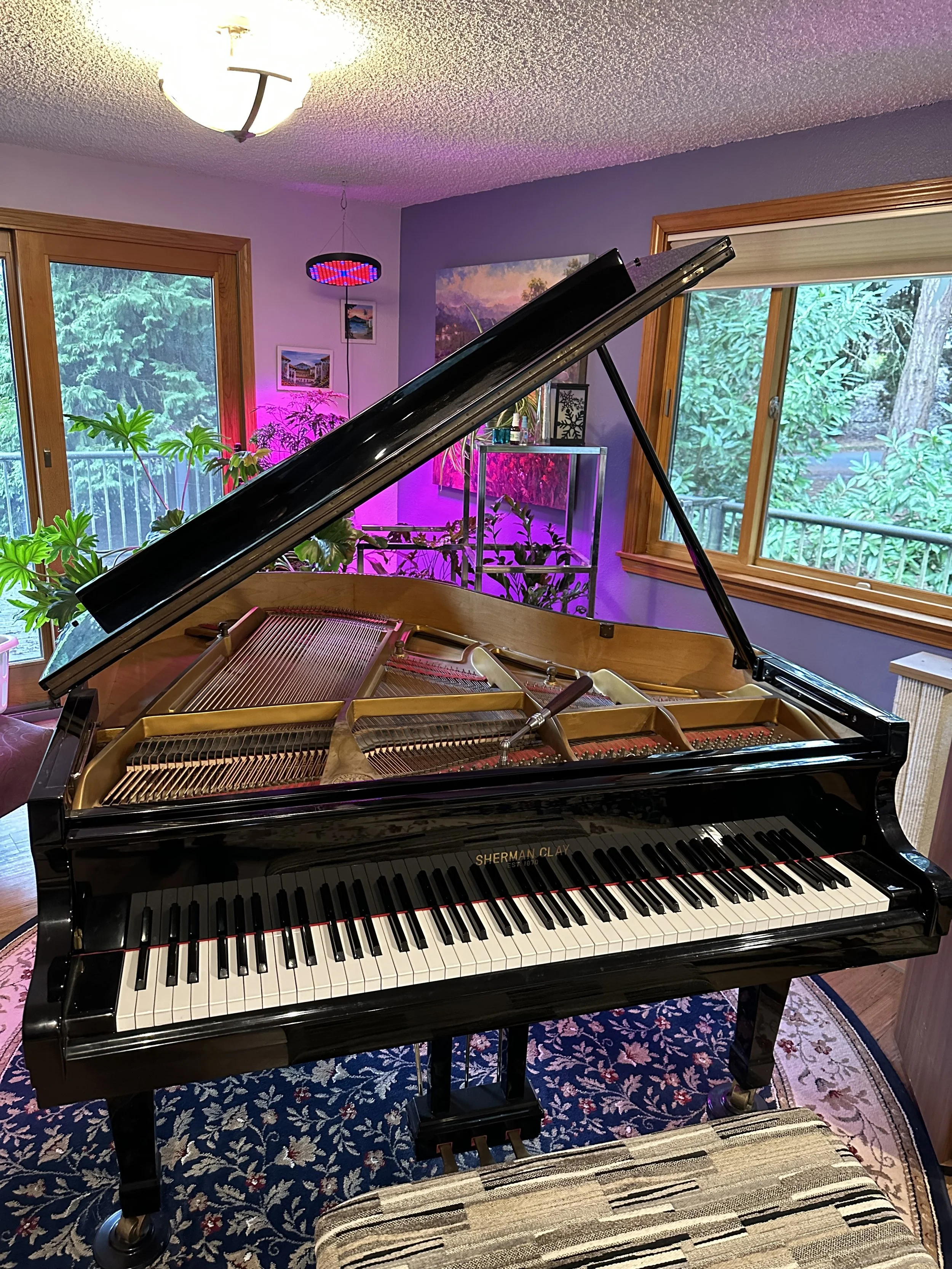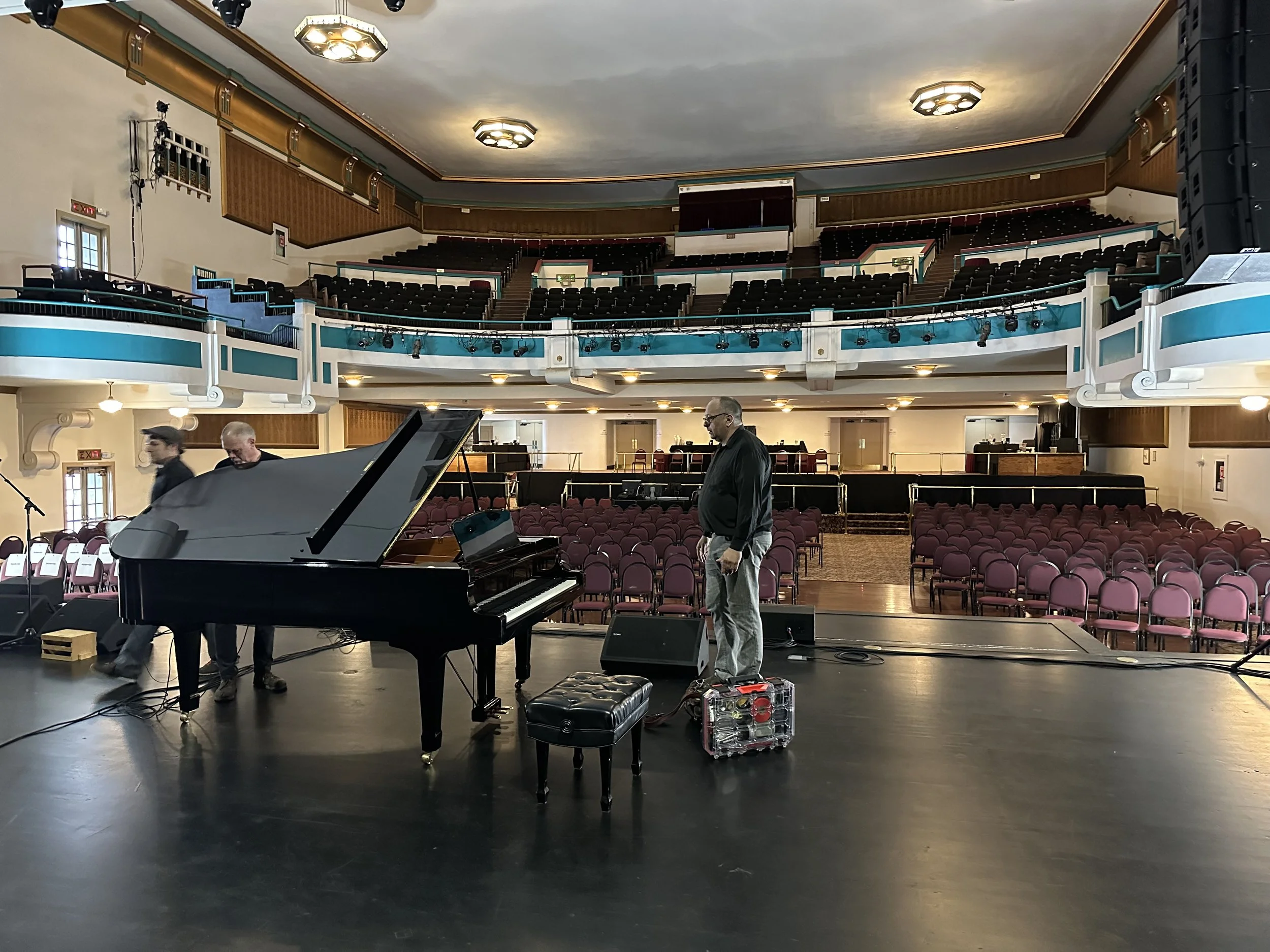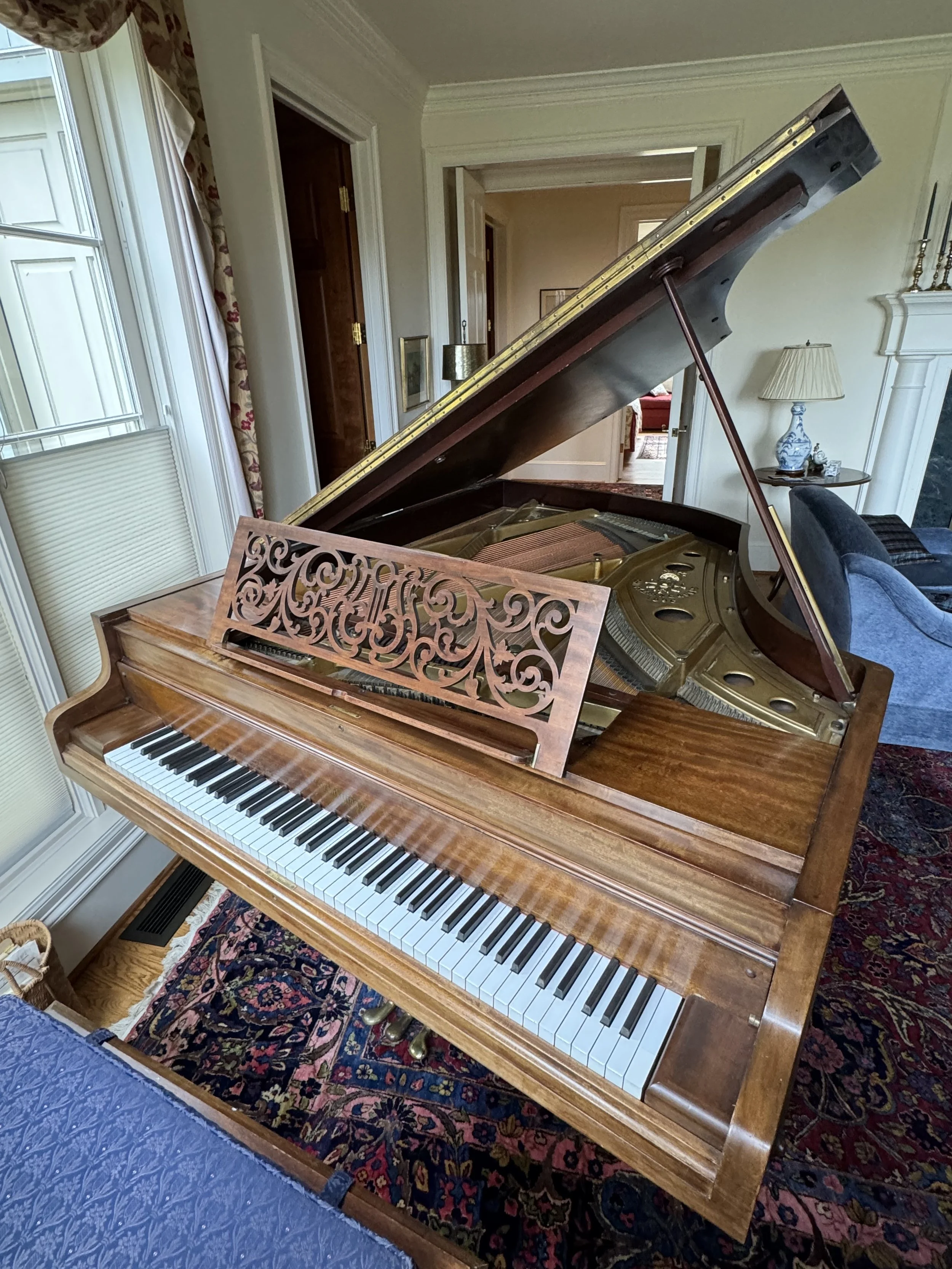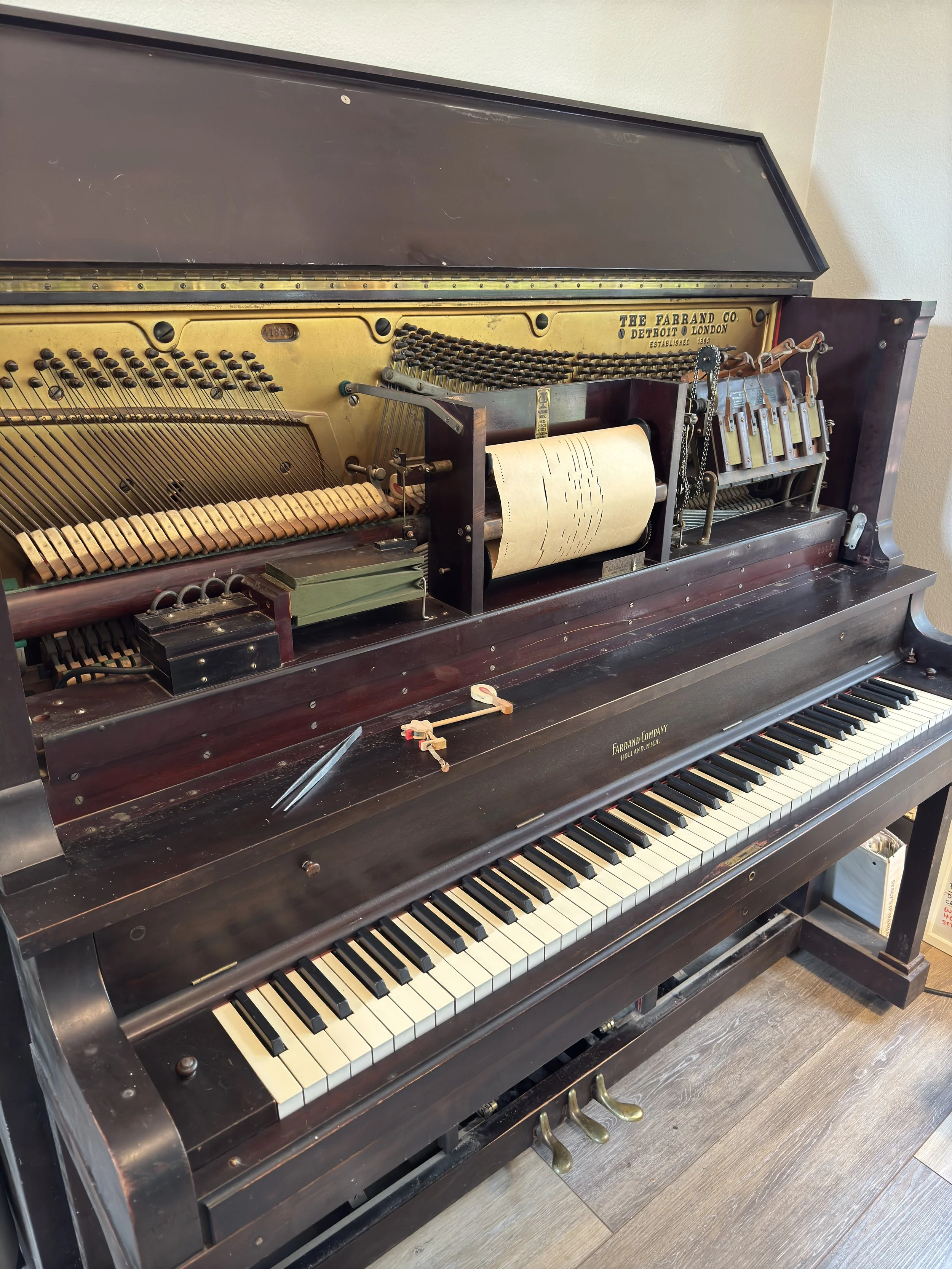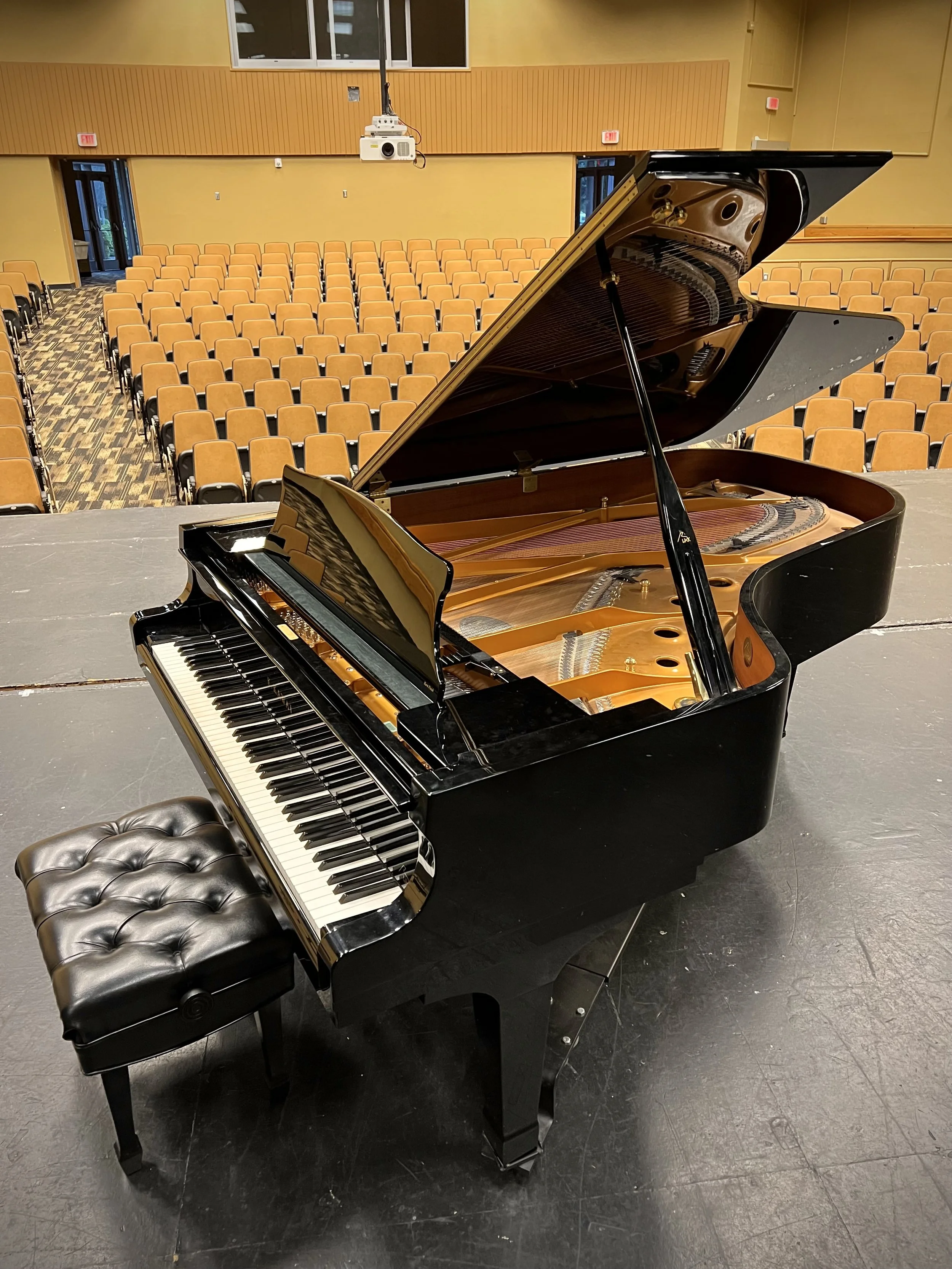
Piano tuning, voicing and regulation in Tacoma, Washington and the greater Puget Sound area.
Serving residences, businesses, educational institutions, performance and recording spaces, places of worship, and healthcare facilities throughout our community.
Jett Piano Services
-Highest-rated technician in Tacoma, with over 100 five-star reviews on Google.
-Certified, licensed and member of the PTG.
-Trusted with the maintenance of over 500 pianos.
Customer reviews below.
Steven Jett
owns and operates Jett Piano Services.
With nearly two decades of experience maintaining keyboard instruments, training in metalworking and woodworking, and a background in keyboard instrument manufacturing having worked at three of the country’s finest pipe organ-building workshops, Steven’s experience and diverse skill set gives him a unique advantage in the trade.
Tuning
Most manufacturers and technicians recommend tuning be done twice per year.
Voicing
Tuning corrects the pitch of a piano, voicing changes its tone quality or timbre.
Regulation
Voicing improves a piano’s sound, regulation makes a piano’s touch feel great.
Key Top Replacement
We machine keys to accommodate the thickness of the new key tops, square them up and hand-trim each key top, ensuring a seamless fit.
Maintenance & Repair
Wear and tear is a normal part of a piano’s life and we are here to clean it up and repair and maintain it.
Humidity Control
Certified Piano Life Saver/Dampp-Chaser Installer
Proper humidity control is essential for a piano, as fluctuations in humidity causes wood to swell or shrink, leading to tuning and regulation instability.
What People Are Saying








